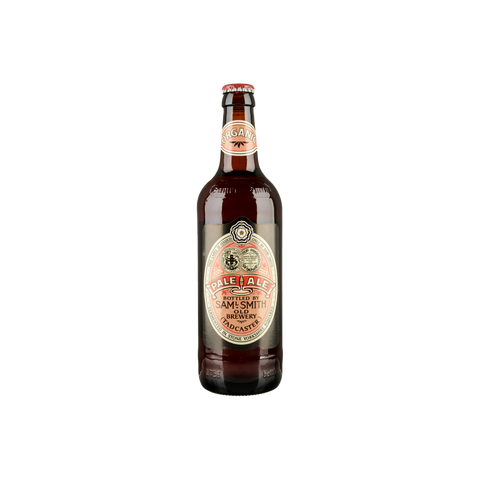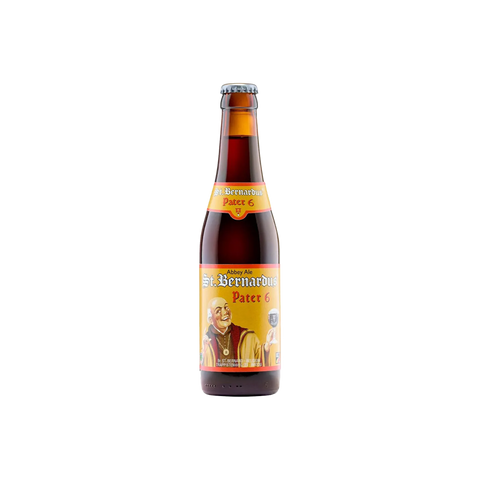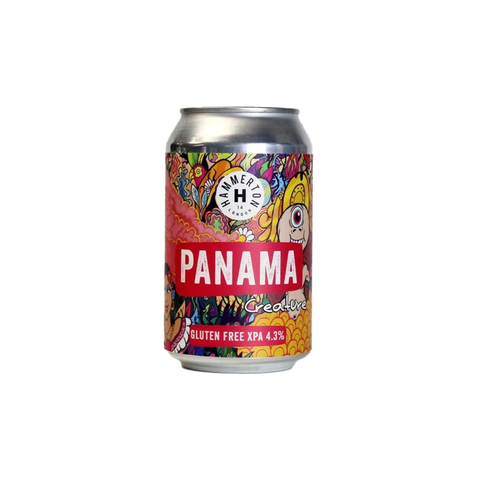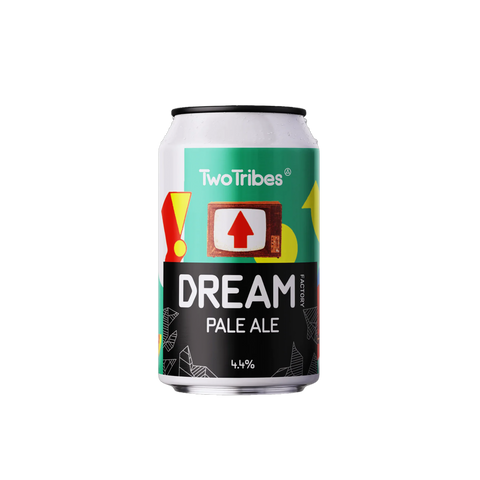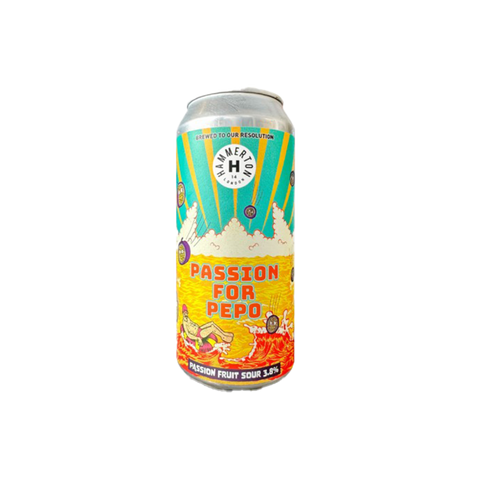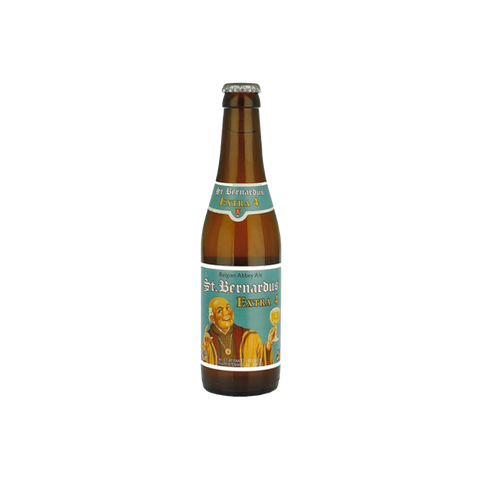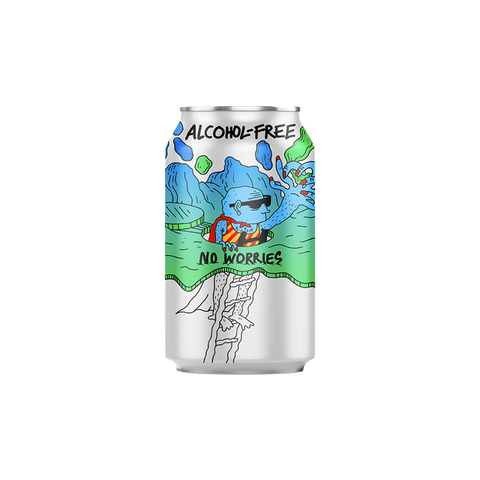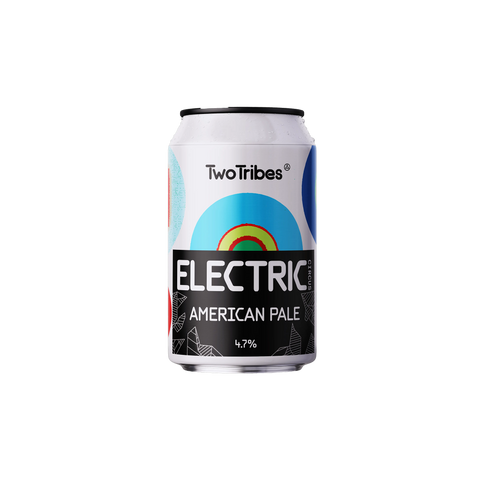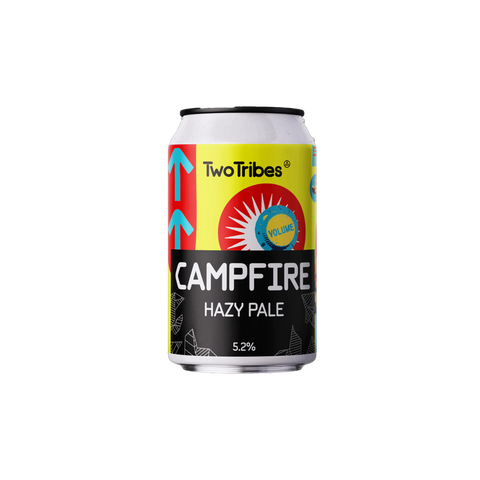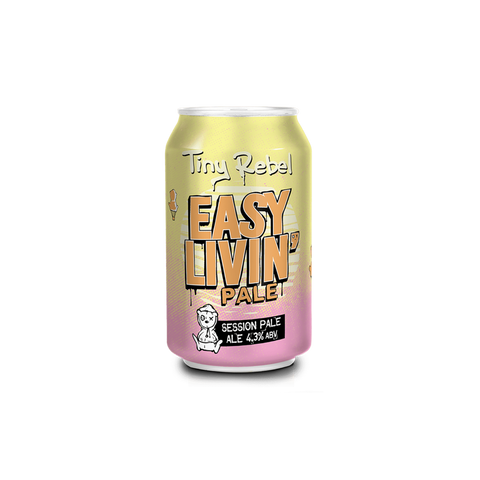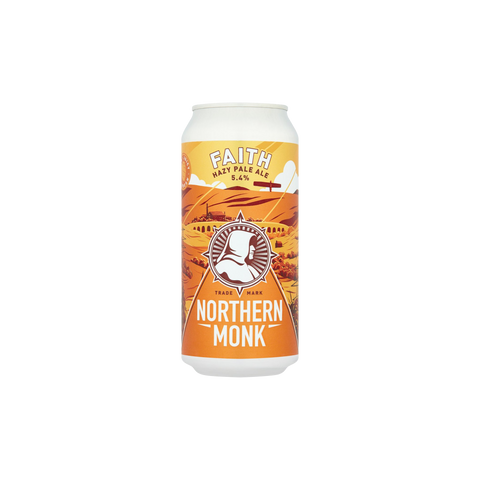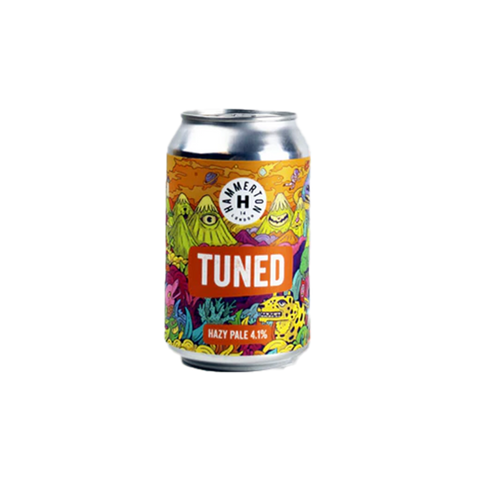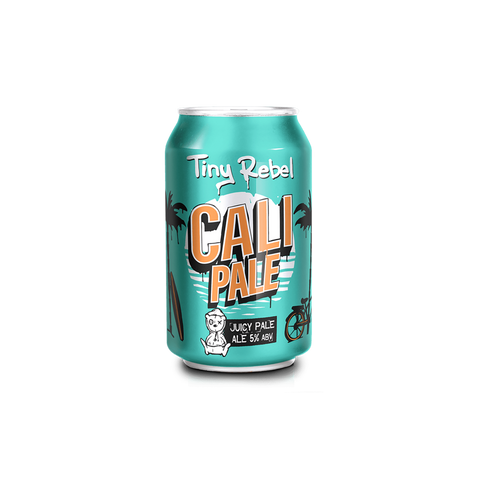Ale beers are produced through a brewing process which involves several important steps:
Ingredients:
The brewing process begins by gathering ingredients, including malted barley (or other grains such as wheat or rye), hops, water and yeast. The flavour, colour and aroma of the final beer is affected by the type and proportion of these ingredients.
Mashing:
In a vessel called a mash tun, the malted barley is crushed and mixed with hot water. This process, known as mashing, activates enzymes in the malt that convert the starch into fermentable sugars, producing a sugary liquid called the wort.
Boiling and hopping:
The wort is transferred to a kettle and boiled. During the boiling process, hops are added to the wort. Hops balance the sweetness of the malt and add bitterness, flavour and aroma to the beer. Boiling also sterilises the wort by killing off any unwanted micro-organisms in it.
Cooling and fermentation:
After boiling, the hot wort is rapidly cooled to a temperature suitable for fermentation, which for ales is typically between 60°F (15°C) and 75°F (24°C). Ale yeast is added to the cooled wort. This is known as top-fermenting yeast (e.g. Saccharomyces cerevisiae). This is a yeast that ferments at warmer temperatures and rises to the top of the fermenter during the fermentation process.
Primary fermentation:
The fermentation vessel, often a fermentation tank or fermenter, is sealed. Fermentation begins. Alcohol, carbon dioxide and various flavour compounds are produced as the yeast consumes the sugars in the wort. Depending on the style of beer and the desired characteristics, primary fermentation typically lasts from a few days to a few weeks.
Conditioning and maturation:
After the primary fermentation, some beers may be subjected to a secondary fermentation, or conditioning, to develop additional flavours and clarity. Dry hopping, the addition of extra hops for aroma without increasing bitterness, may be used at this stage. To impart unique flavours and characteristics, beers may also be aged or conditioned in barrels (e.g. oak barrels).
Carbonation and packaging:
Beer is carbonated once fermentation and conditioning are complete. This can be done naturally through residual fermentation or by adding carbon dioxide. The finished beer is bottled, caned or kegged for distribution and consumption.
Overall, the brewing process for ale, which results in a wide range of flavourful and aromatic ale styles, includes mashing, boiling, fermentation with top-fermenting yeast, conditioning, carbonation and packaging.

